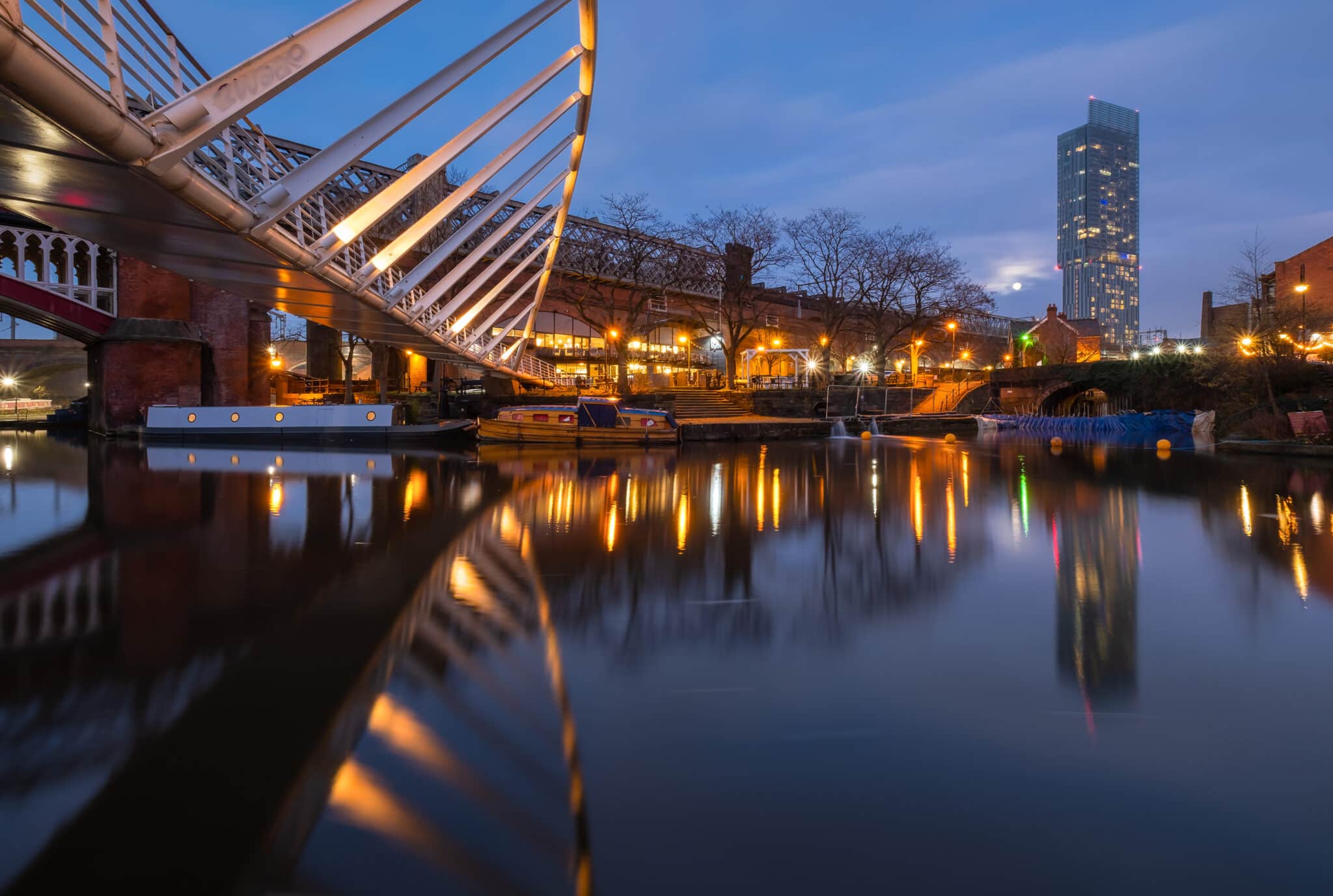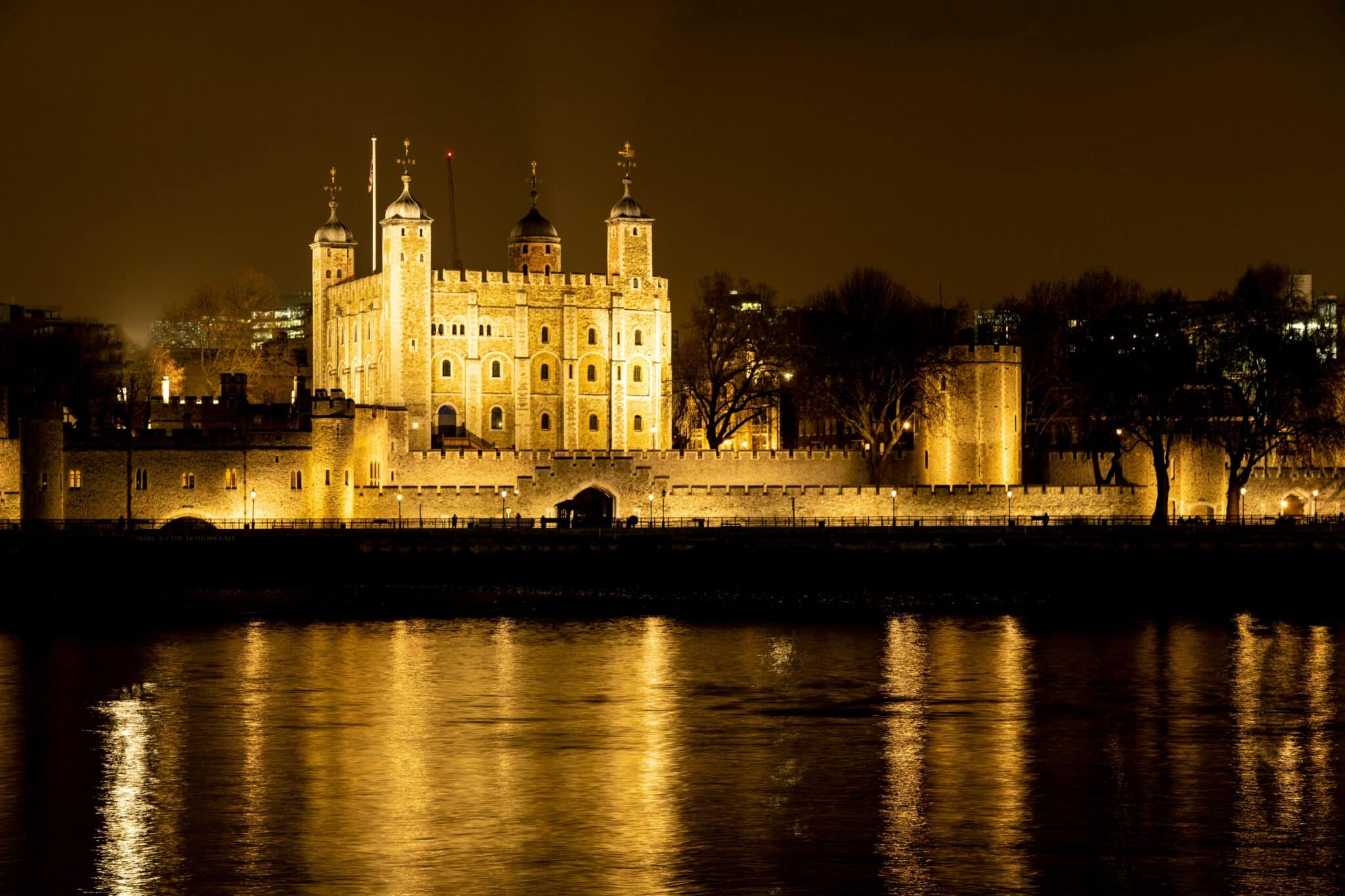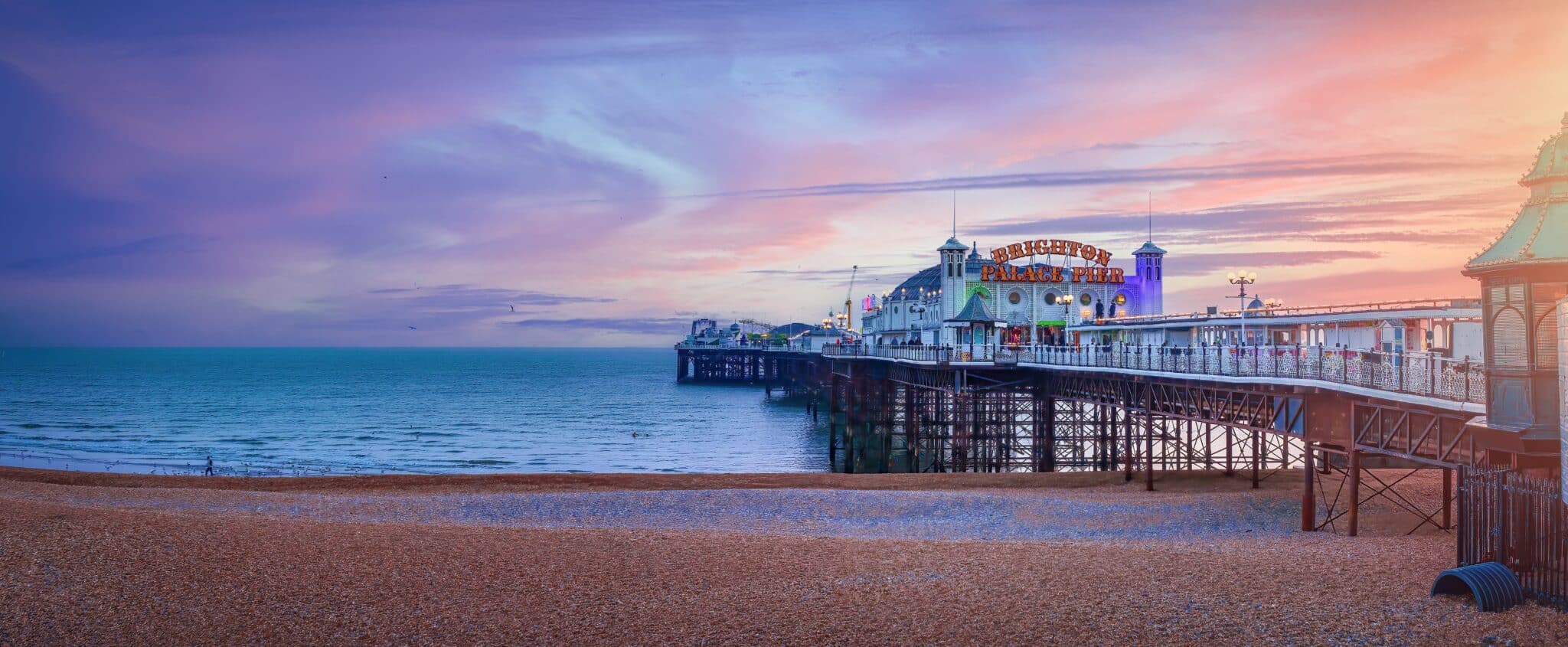News and Stories
In and around Supercity Aparthotels

Some of the best autumn walks London has to offer!
BY 20-09-2024

London’s best parks
BY 09-01-2024

Green Areas in London
BY 09-01-2024
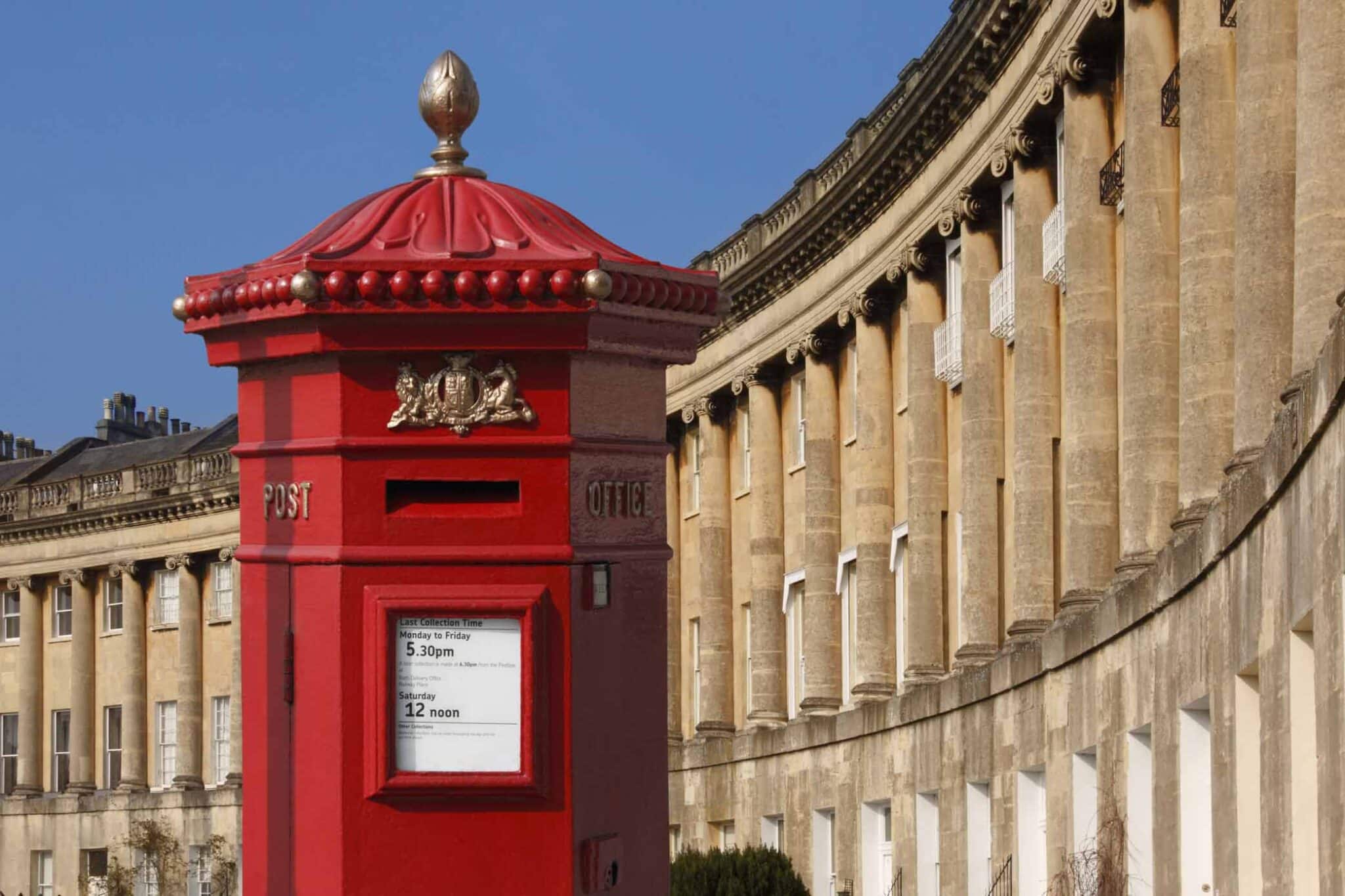
Bath Day Trip: 5 Must Sees
BY 09-01-2024
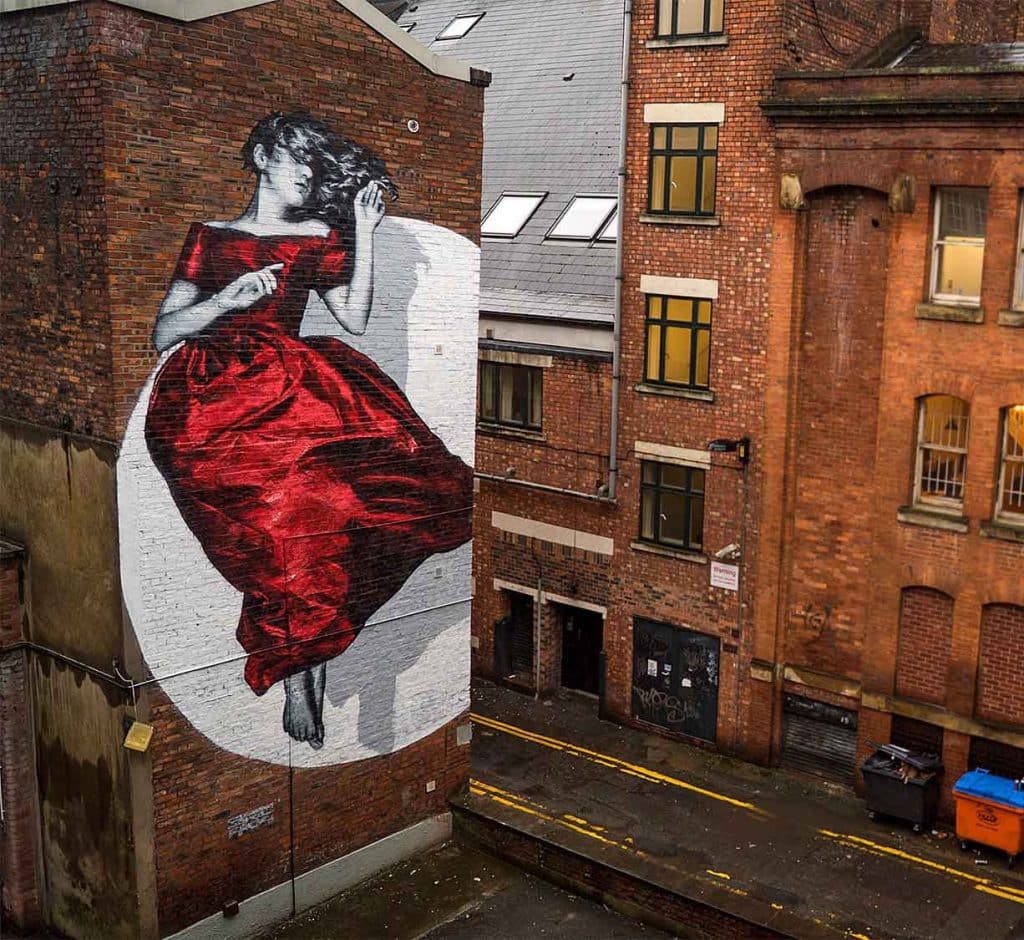
Manchester Suffragette History Walk
BY 09-01-2024
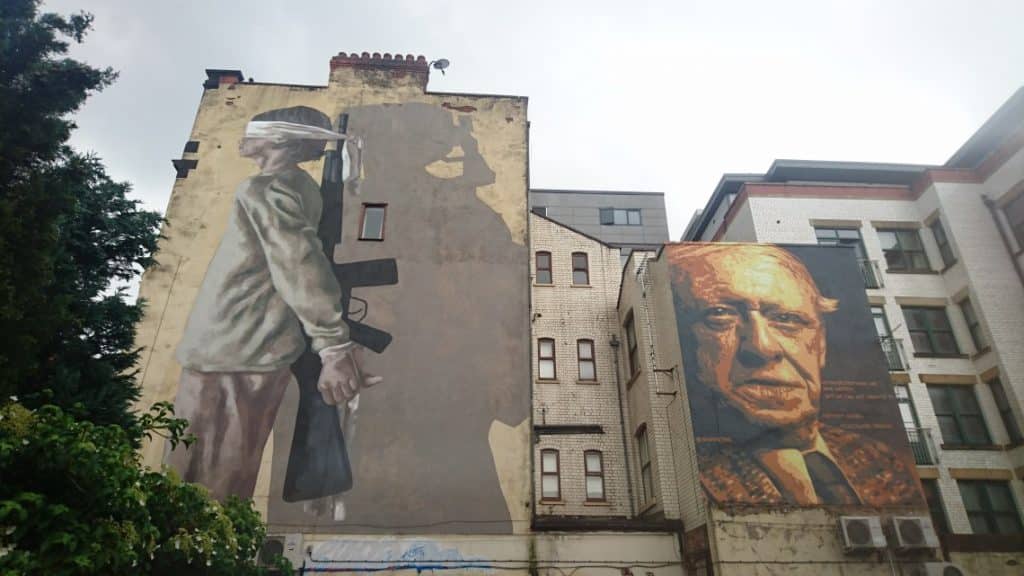
Manchester Street Art Walking Tour
BY 09-01-2024

